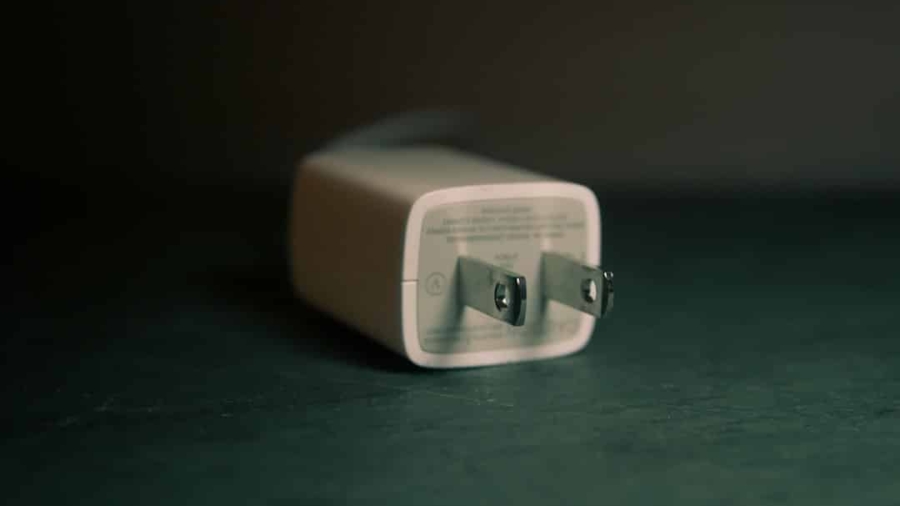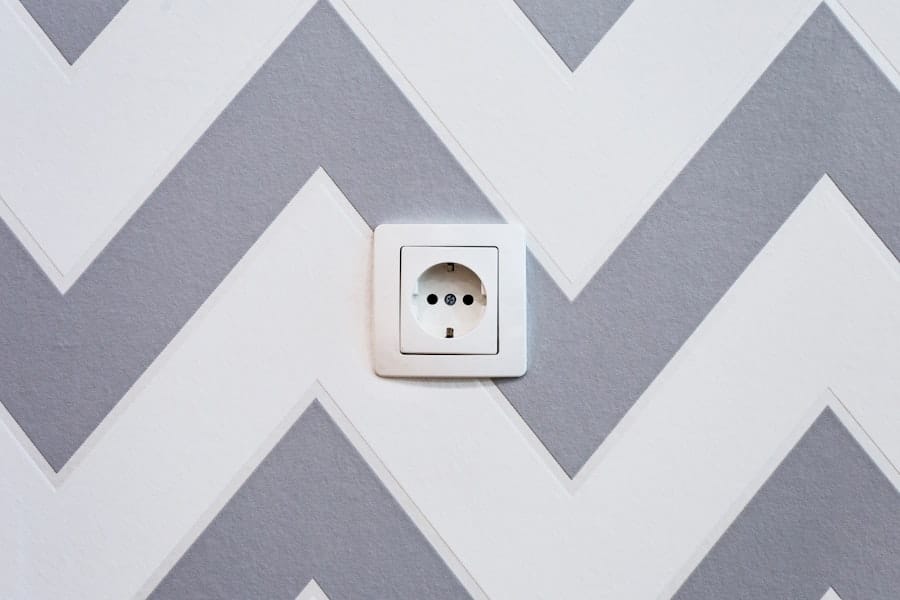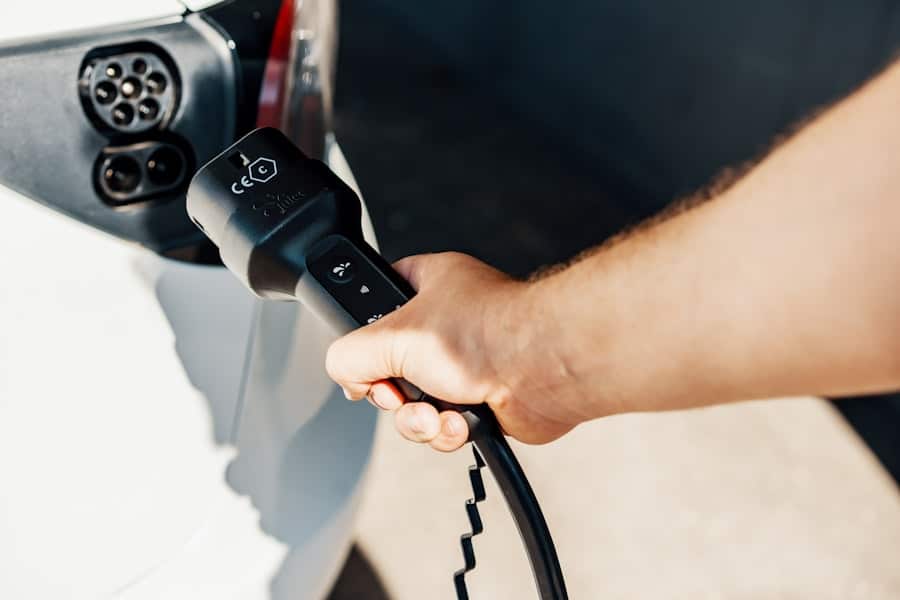In the ever-evolving landscape of home technology, smart plugs have emerged as a pivotal innovation, transforming the way we interact with our household devices. These compact devices serve as intermediaries between traditional electrical outlets and appliances, enabling users to control their power consumption remotely. With the rise of the Internet of Things (IoT), smart plugs have gained popularity for their ability to integrate seamlessly into existing home networks, allowing for enhanced convenience and efficiency.
As more households embrace smart technology, understanding the functionality and advantages of smart plugs becomes essential for anyone looking to modernize their living space. Smart plugs are designed to be user-friendly, often requiring little more than a smartphone app for setup and operation. They can be controlled via Wi-Fi or Bluetooth, allowing users to turn devices on or off from virtually anywhere.
This capability not only enhances convenience but also opens up a realm of possibilities for energy management and automation. As we delve deeper into the mechanics and benefits of smart plugs, it becomes clear that they are not just a passing trend but a significant step towards smarter, more efficient homes.
Key Takeaways
- Smart plugs are devices that can be plugged into traditional electrical outlets to make them “smart” and controllable remotely.
- Smart plugs work by connecting to a home’s Wi-Fi network and can be controlled through a smartphone app or voice commands.
- Using smart plugs can lead to benefits such as energy savings, convenience, and improved home security.
- Smart plugs can also monitor energy usage and provide insights into how to reduce energy consumption.
- Smart plugs can be integrated into home automation systems to create a more efficient and connected home environment.
How Smart Plugs Work
At their core, smart plugs function by connecting to a standard electrical outlet and providing a means to control the power supply to any device plugged into them. The technology behind these devices typically involves Wi-Fi connectivity, allowing them to communicate with a smartphone app or a home automation system. When a user wants to turn a device on or off, they simply send a command through the app, which relays the instruction to the smart plug via the internet.
This process is often facilitated by cloud-based servers that manage the communication between the user’s device and the smart plug. The internal workings of smart plugs often include features such as timers, schedules, and energy monitoring capabilities. For instance, many smart plugs allow users to set specific times for devices to turn on or off automatically.
This can be particularly useful for managing appliances like lamps or coffee makers, ensuring they operate only when needed. Additionally, some models come equipped with energy monitoring features that track the power consumption of connected devices, providing valuable insights into energy usage patterns. This data can help users make informed decisions about their energy consumption habits.
Benefits of Using Smart Plugs
The advantages of incorporating smart plugs into a household are manifold, beginning with the sheer convenience they offer. Imagine being able to turn off your living room lamp from your bed or ensuring that your coffee maker starts brewing just as you wake up—all achievable with a few taps on your smartphone. This level of control not only enhances daily routines but also contributes to a more organized lifestyle.
Furthermore, many smart plugs are compatible with voice assistants like Amazon Alexa or Google Assistant, allowing for hands-free operation that adds another layer of convenience. Beyond convenience, smart plugs also play a crucial role in energy efficiency.
For example, if a user notices that their television is consuming more power than expected while in standby mode, they can easily schedule it to turn off completely during hours when it is not in use. This proactive approach to energy management not only reduces costs but also contributes to a more sustainable lifestyle by minimizing unnecessary energy waste.
Smart Plugs and Energy Monitoring
One of the standout features of many smart plugs is their ability to monitor energy usage in real-time. This functionality provides users with detailed insights into how much electricity their devices consume, which can be eye-opening for many households. For instance, a user might discover that an older refrigerator is using significantly more energy than anticipated, prompting them to consider an upgrade or implement strategies to reduce its power consumption.
By having access to this data, users can make informed decisions about their appliances and overall energy usage. Energy monitoring through smart plugs can also facilitate behavioral changes that lead to reduced consumption. Many apps associated with smart plugs provide historical data and trends regarding energy usage, allowing users to identify patterns over time.
For example, if a user notices that their air conditioner consumes excessive power during peak hours, they might adjust their usage habits or set timers to operate it during off-peak times when electricity rates are lower. This level of awareness fosters a culture of energy conservation within households, encouraging families to be more mindful of their consumption habits.
Smart Plugs and Home Automation
Smart plugs serve as integral components of broader home automation systems, enhancing the interconnectedness of various devices within a household. By integrating smart plugs with other smart home devices—such as lights, thermostats, and security systems—users can create customized automation routines that streamline daily activities. For instance, a user could set up a “Good Morning” routine that turns on the coffee maker, adjusts the thermostat, and gradually brightens the bedroom lights at a specified time each morning.
Moreover, smart plugs can enhance security by allowing users to simulate occupancy while they are away from home. By scheduling lamps or other devices to turn on and off at random intervals, homeowners can create the illusion that someone is present in the house, deterring potential intruders. This capability not only provides peace of mind but also integrates seamlessly into existing home security systems, making it easier for users to manage their safety from afar.
Smart Plugs and Energy Saving Tips
To maximize the benefits of smart plugs in terms of energy savings, users can adopt several practical strategies. One effective approach is to utilize timers and schedules effectively. For example, setting up a schedule for outdoor lights to turn on at sunset and off at sunrise can prevent unnecessary energy waste while ensuring safety and security during nighttime hours.
Similarly, scheduling high-energy appliances like washing machines or dishwashers to run during off-peak hours can lead to significant savings on electricity bills. Another useful tip is to group multiple devices under a single smart plug using power strips designed for this purpose. This allows users to control several devices simultaneously with one command.
For instance, connecting all entertainment devices—such as televisions, gaming consoles, and sound systems—to one smart plug enables users to turn them all off with a single tap when they leave the room. This not only simplifies control but also ensures that no device is left consuming power unnecessarily.
Choosing the Right Smart Plugs for Your Home
When selecting smart plugs for your home, several factors should be considered to ensure compatibility and functionality meet your needs. First and foremost is compatibility with your existing home network; most smart plugs operate over Wi-Fi, so it’s essential to choose models that support your router’s specifications. Additionally, some smart plugs may require specific apps or platforms for operation—ensuring compatibility with your preferred ecosystem (such as Apple HomeKit or Google Home) can enhance usability.
Another important consideration is the load capacity of the smart plug itself. Different models support varying wattages; therefore, it’s crucial to check that the plug can handle the power requirements of your devices without risk of overheating or damage. Features such as energy monitoring capabilities or integration with voice assistants may also influence your choice.
By carefully evaluating these factors, you can select smart plugs that not only fit seamlessly into your home but also enhance your overall energy management strategy.
The Future of Smart Plugs in Reducing Household Energy Consumption
As technology continues to advance and environmental concerns grow more pressing, the role of smart plugs in reducing household energy consumption will likely become increasingly significant. With their ability to provide real-time monitoring and control over energy usage, these devices empower consumers to make informed decisions about their power consumption habits. The integration of smart plugs into broader home automation systems further enhances their utility, creating opportunities for increased efficiency and convenience.
Looking ahead, innovations in smart plug technology may lead to even greater capabilities—such as improved energy analytics or enhanced integration with renewable energy sources like solar panels. As consumers become more aware of their environmental impact and seek ways to reduce their carbon footprint, smart plugs will undoubtedly play a crucial role in fostering sustainable living practices within households around the world.
If you are interested in reducing energy consumption in your household, you may also want to consider investing in energy-efficient technology for your children’s education. A helpful article on how to choose a laptop for students provides valuable insights on selecting devices that are not only suitable for educational purposes but also energy-efficient. By making informed decisions about the technology you bring into your home, you can further contribute to reducing your overall energy consumption.
FAQs
What are smart plugs?
Smart plugs are devices that can be plugged into traditional electrical outlets and allow users to control the power to the plugged-in devices remotely using a smartphone app or voice commands.
How do smart plugs reduce household energy consumption?
Smart plugs can help reduce household energy consumption by allowing users to schedule when devices are turned on and off, monitor energy usage, and remotely control devices to ensure they are not left on unnecessarily.
What are the benefits of using smart plugs?
Using smart plugs can help save energy, reduce electricity bills, and contribute to a more sustainable and environmentally friendly lifestyle. They also provide convenience and flexibility in managing household devices.
What types of devices can be controlled using smart plugs?
Smart plugs can be used to control a wide range of devices, including lamps, fans, heaters, air conditioners, televisions, and kitchen appliances such as coffee makers and toasters.
Are there any potential drawbacks to using smart plugs?
Some potential drawbacks of using smart plugs include the initial cost of purchasing the devices, the need for a stable Wi-Fi connection for remote control, and the possibility of compatibility issues with certain devices or smart home systems.



